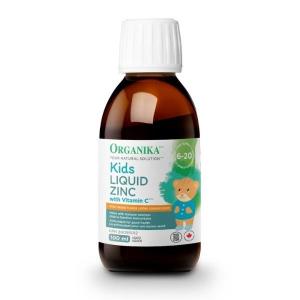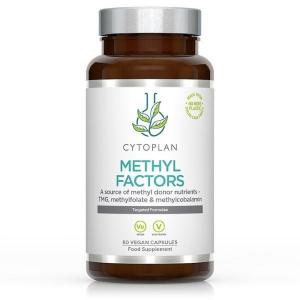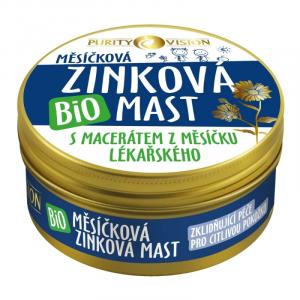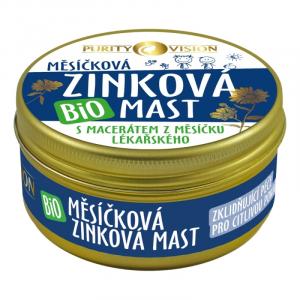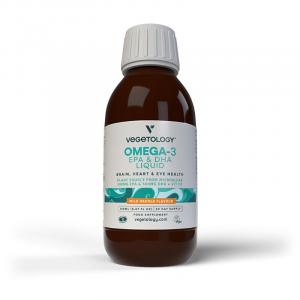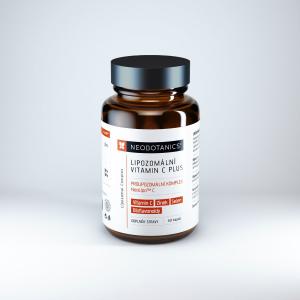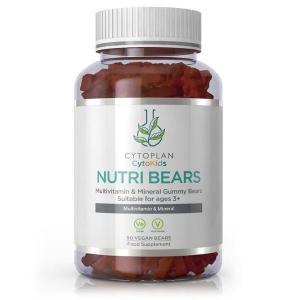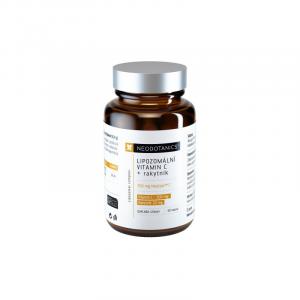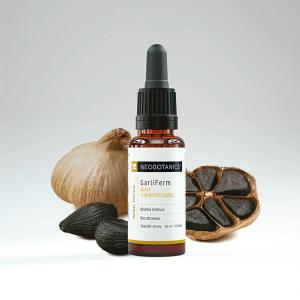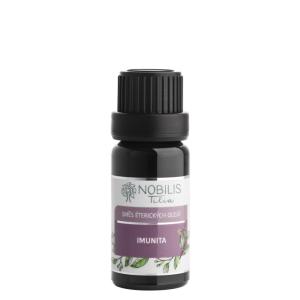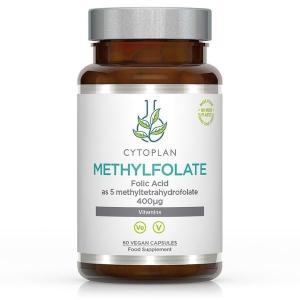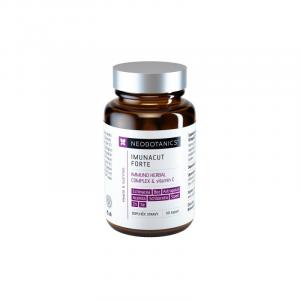
How to Defend Against Mononucleosis
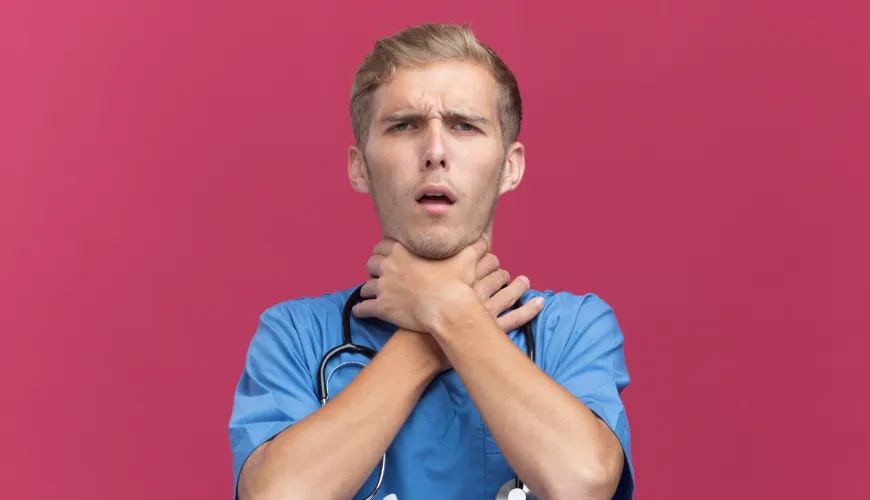
Mononucleosis is an infectious disease caused by the Epstein-Barr virus (EBV), which belongs to the herpesvirus family. Although the name may evoke romantic notions, it is actually a serious illness that can have significant impacts on your health and daily life. This article will discuss what mononucleosis is, how it is transmitted, its symptoms, how it is diagnosed and treated, and how you can minimize the risk of infection.
Mononucleosis is a viral disease most commonly found in adolescents and young adults. However, it can affect people of any age. EBV, which causes mononucleosis, is one of the most common human viruses. Most people encounter it during their lifetime, but not everyone develops mononucleosis.
Try our natural products
How is mononucleosis transmitted?
EBV is primarily transmitted through saliva, which explains the nickname "kissing disease." However, kissing is not the only way you can get infected. The virus can also be transmitted by sharing utensils, glasses, or toothbrushes, as well as through coughing or sneezing.
You might now be wondering: Is it possible to get mononucleosis only once? The answer is yes and no. Once you are infected with EBV, the virus remains in your body in a latent form for life. This means that most people get infected with mononucleosis only once, but the virus can be reactivated if your immune system is weakened.
Try our natural products
What are the symptoms of mononucleosis?
The symptoms of mononucleosis can vary greatly, which can make it difficult to recognize. The most common symptoms include extreme fatigue that can last for weeks to months. This fatigue is one of the most characteristic symptoms and can significantly affect the patient's daily life. Another common symptom is a high fever, which can persist for several days to weeks and is often accompanied by chills and sweating.
A sore throat is another prominent symptom. Throat pain can be very intense and is often mistakenly considered as tonsillitis. This inflammation is usually accompanied by swollen tonsils and white patches on them. Swollen lymph nodes, especially in the neck and armpits, are also common symptoms. These nodes can be painful and enlarged.
Try our natural products
In some cases, there may be enlargement of the spleen and liver. This enlargement can be accompanied by abdominal pain and discomfort in the abdominal area. An enlarged spleen can be particularly dangerous, as it can lead to rupture, which is a serious and life-threatening complication. Therefore, it is important for patients with mononucleosis to limit physical activity, especially contact sports, until their spleen returns to normal size.
How is mononucleosis diagnosed?
Diagnosing mononucleosis can be complicated because the symptoms resemble other illnesses, such as the flu or strep throat. A doctor may use several methods to confirm the diagnosis. The first step is a clinical examination, during which the doctor assesses symptoms and performs a physical examination of the patient. This procedure includes checking lymph nodes, tonsils, and assessing the overall condition of the patient. Subsequently, specific blood tests may be conducted to reveal the presence of EBV antibodies and an increased number of white blood cells. These tests are crucial for confirming the presence of the Epstein-Barr virus and the correct diagnosis of mononucleosis.
How is mononucleosis treated?
There is no specific medication for mononucleosis. Treatment focuses on alleviating symptoms and includes several key measures. A key factor for recovery is sufficient rest. Patients should avoid physical exertion, especially if they have an enlarged spleen, as it could lead to rupture. Another important measure is hydration. It is essential to drink enough fluids to prevent dehydration caused by fever.
Medications such as paracetamol or ibuprofen can help alleviate pain and fever. It is important to note that antibiotics are not effective because it is a viral infection. These measures can significantly contribute to the comfort and faster recovery of the patient.
While it is difficult to completely avoid EBV because it is so widespread, there are some measures that can reduce the risk of infection. One of the key measures is to avoid sharing personal items. Do not use shared utensils, glasses, or toothbrushes, as this can reduce the risk of virus transmission. Hygiene also plays an important role. Frequent handwashing and avoiding contact with sick people can significantly contribute to infection prevention.
Additionally, strengthening the immune system through a healthy lifestyle is another important step. A balanced diet, regular exercise, and sufficient sleep can increase your resistance to infections and thus reduce the likelihood of contracting mononucleosis.
Try our natural products
Complications of mononucleosis
Although most people recover from mononucleosis without long-term consequences, the disease can have serious complications. One of them is an enlarged spleen, which can be prone to rupture, a life-threatening condition. Another possible complication is liver involvement, where mononucleosis can lead to hepatitis, or inflammation of the liver.
In some cases, respiratory problems may also occur, where narrowing of the airways caused by swollen lymph nodes makes breathing difficult. These complications highlight the importance of taking mononucleosis seriously and carefully monitoring your health during the illness.
Try our natural products
Mononucleosis is a serious illness that can significantly affect your life. Although it is often referred to as the "kissing disease," it can actually be transmitted in many different ways. Symptoms such as extreme fatigue, fever, and sore throat can be concerning, and treatment mainly requires patience and care. Prevention is the best strategy, and it is important to be informed and take measures to minimize the risk of infection. It is always good to consult a doctor if you suspect mononucleosis to ensure proper diagnosis and treatment. So, how will you take care of your health to minimize the risk of this unpleasant disease?
